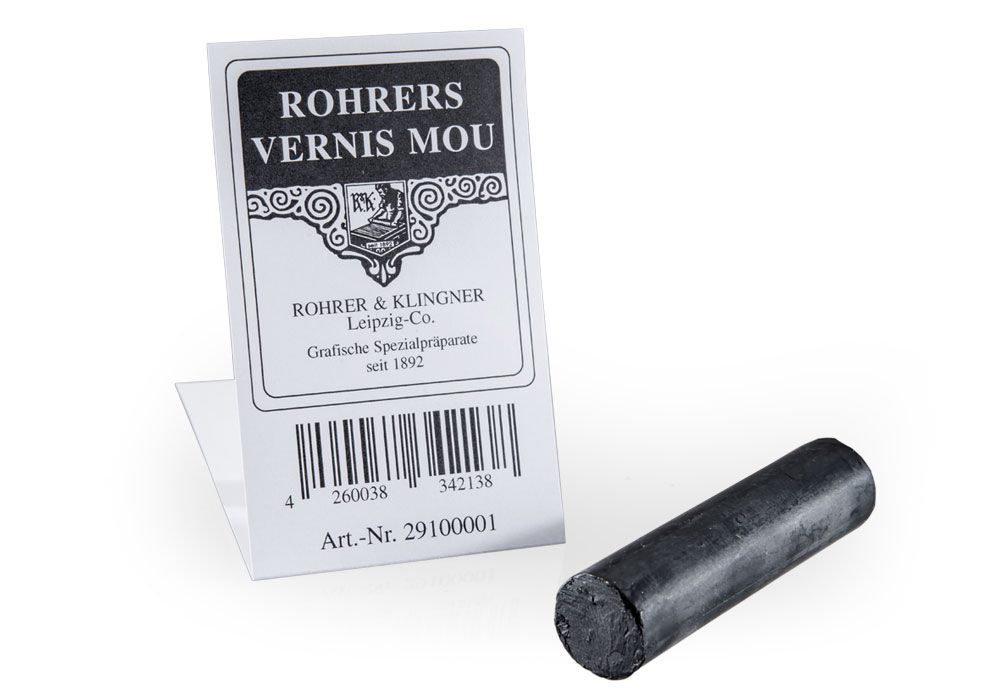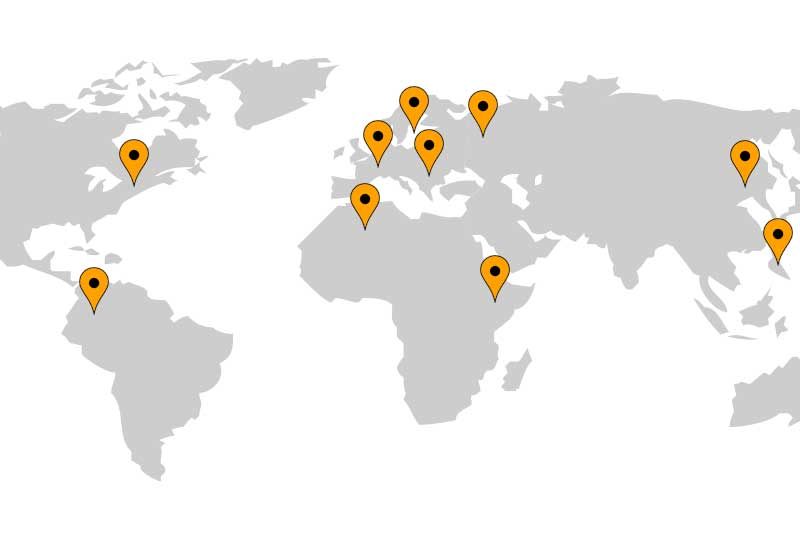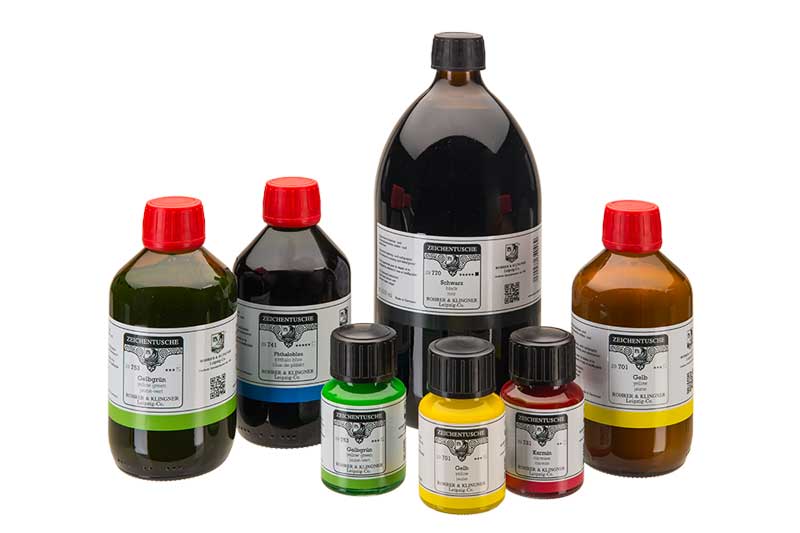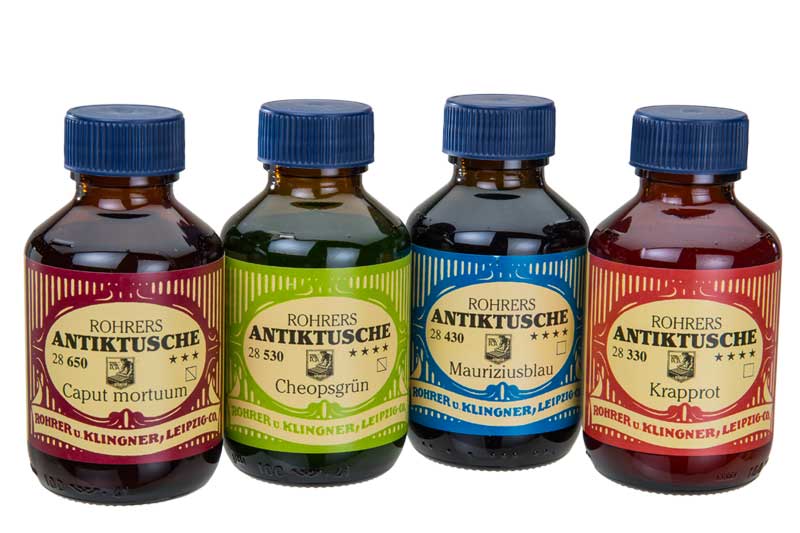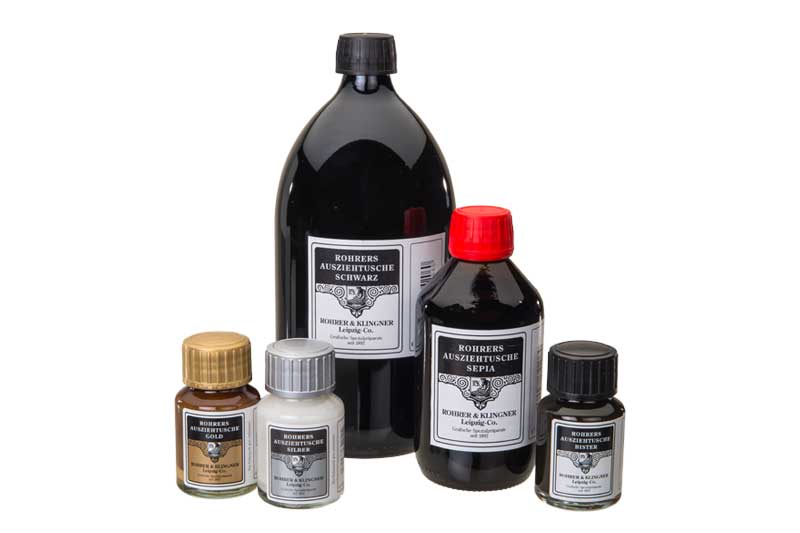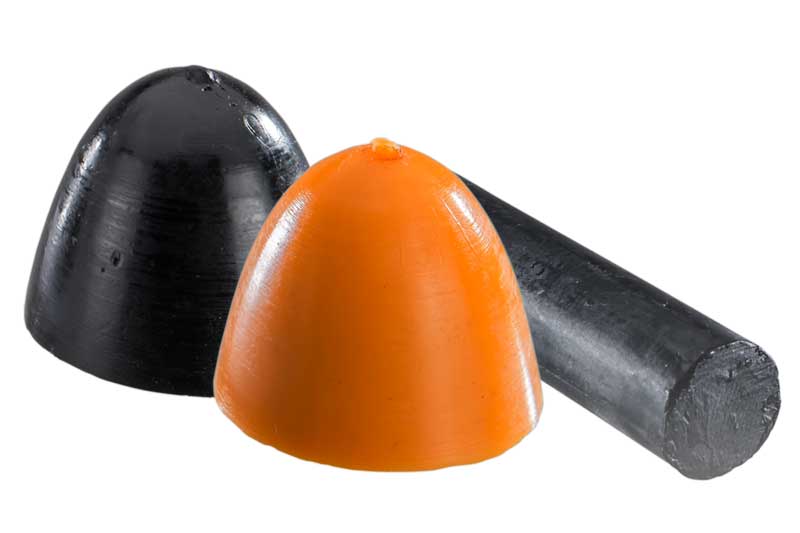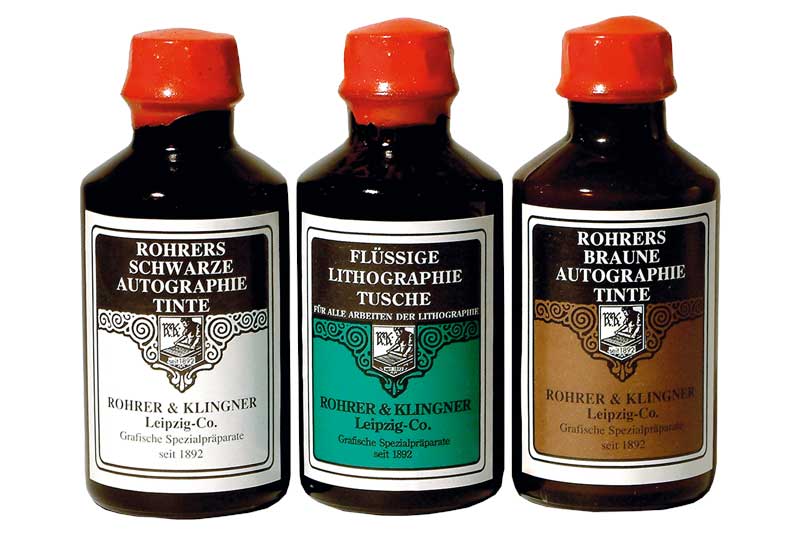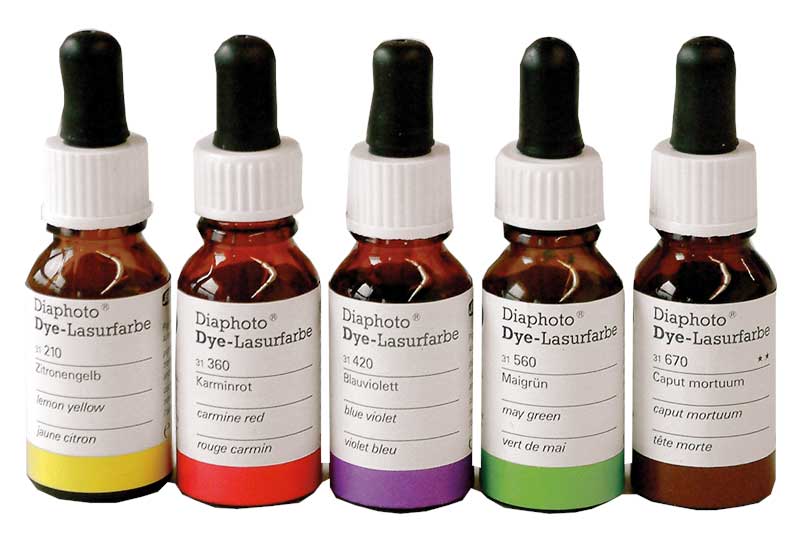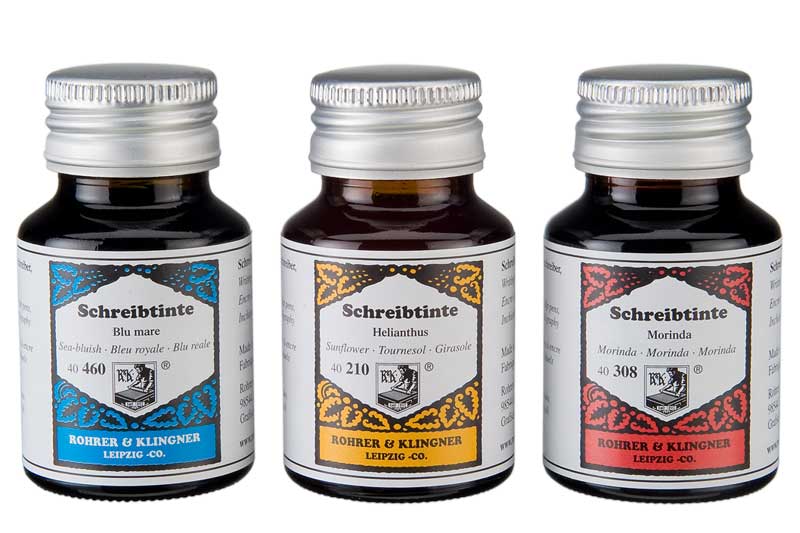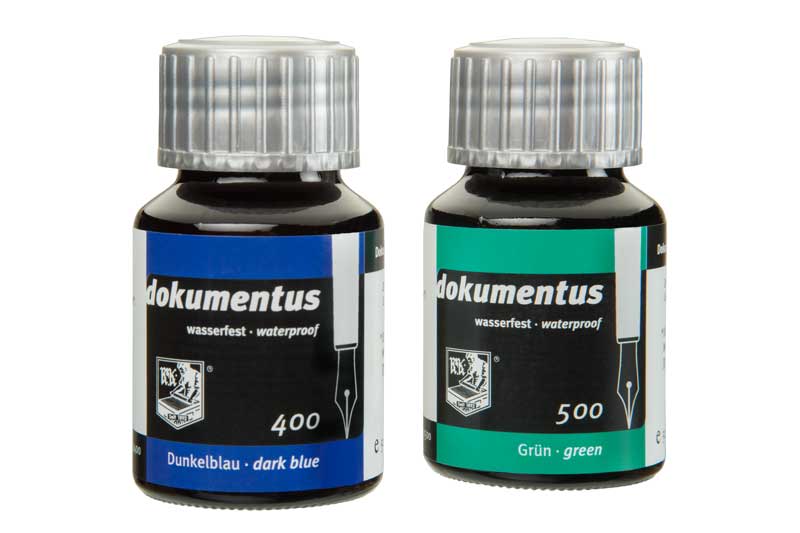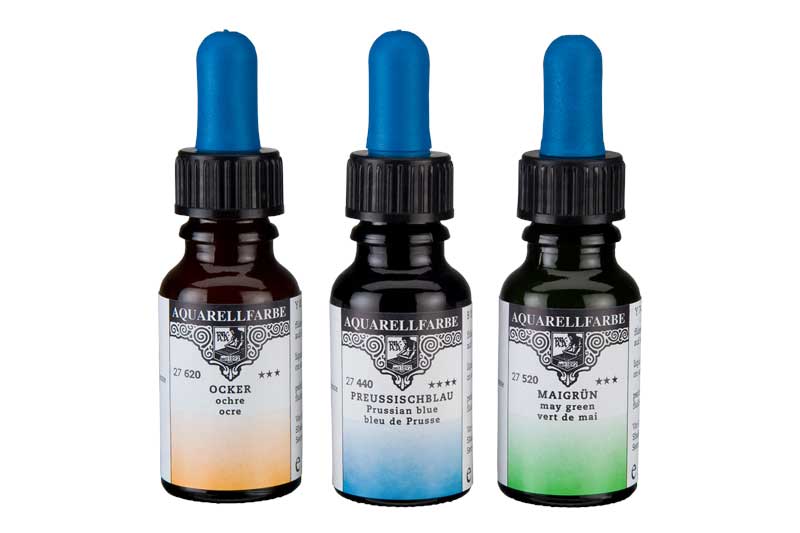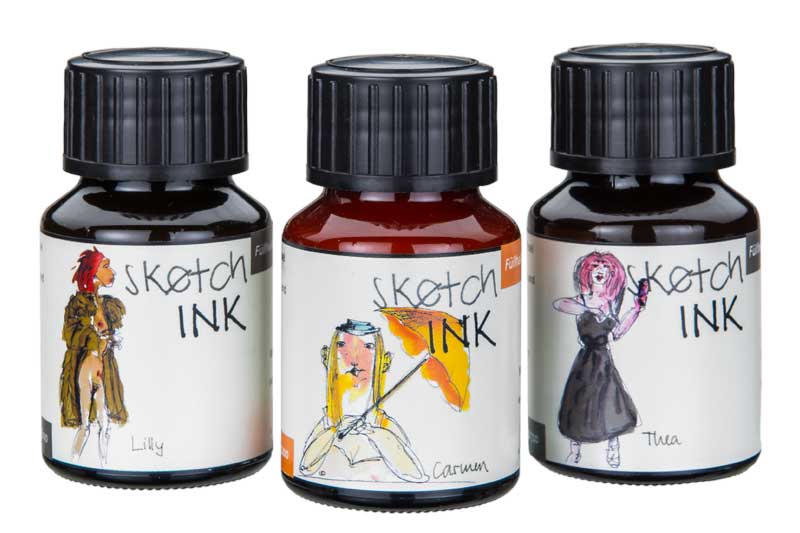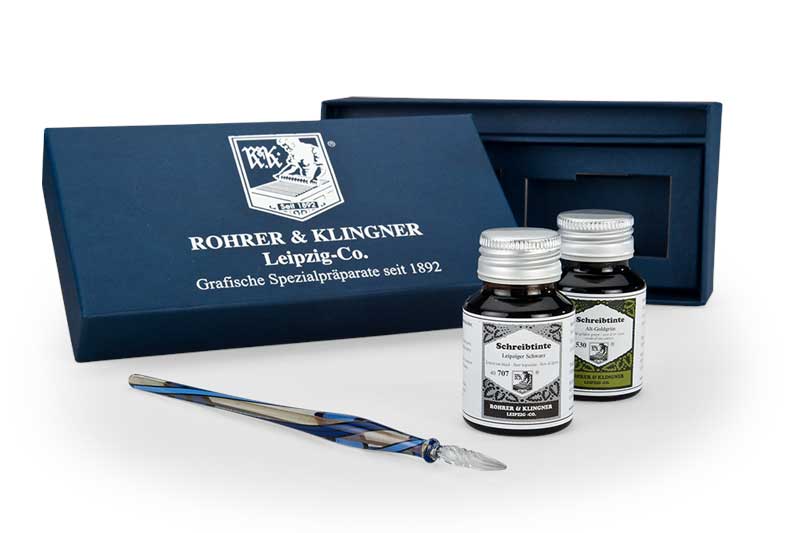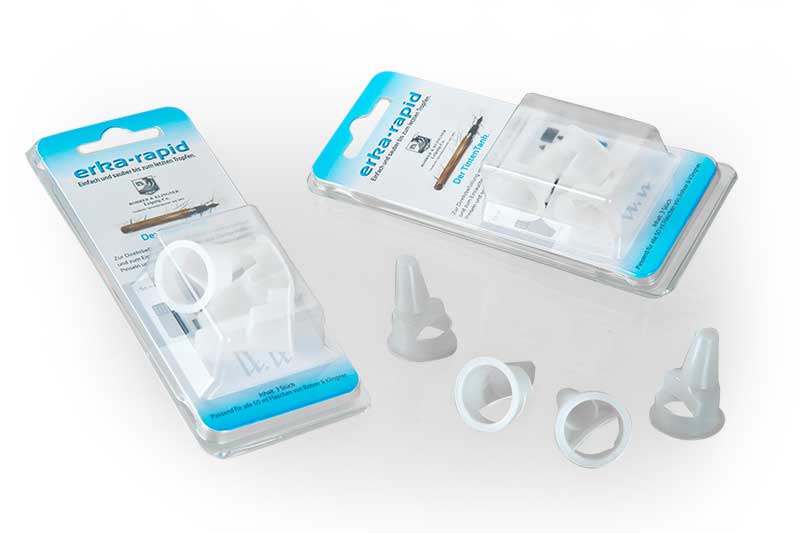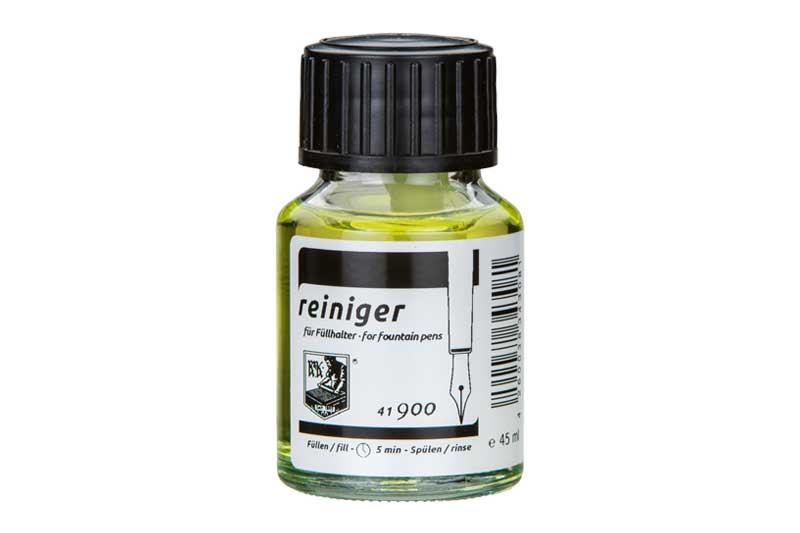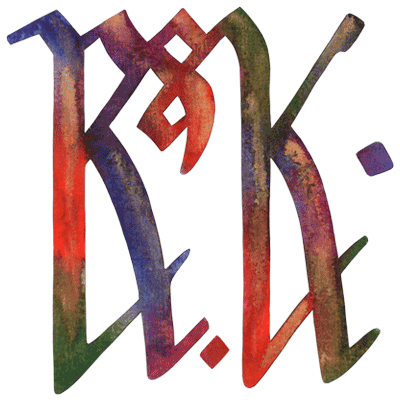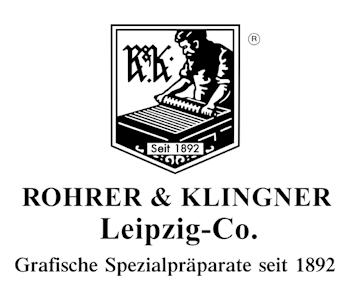
Etching
The possibility to etch metals with acid gave birth to a new form of art in the 16th century, providing an alternative way of gravure printing to the traditional copper engraving. Here, the artist covers metal plates with etching ground before he scatches them with a needle.
Etching Ground in Cap Form – transparent (29310)
A light-coloured, transparent product for etching plates that already carry a sketch which is meant to remain visible under the etching ground. It is used like the black Etching Ground in Cap Form.

Etching Ground in Cap Form – black (29311)
This common etching ground consists of an easily meltable wax that is also solvable in spirits of turpentine. After being molten, the wax can be spread evenly over the plate with the help of a roll or a pad.
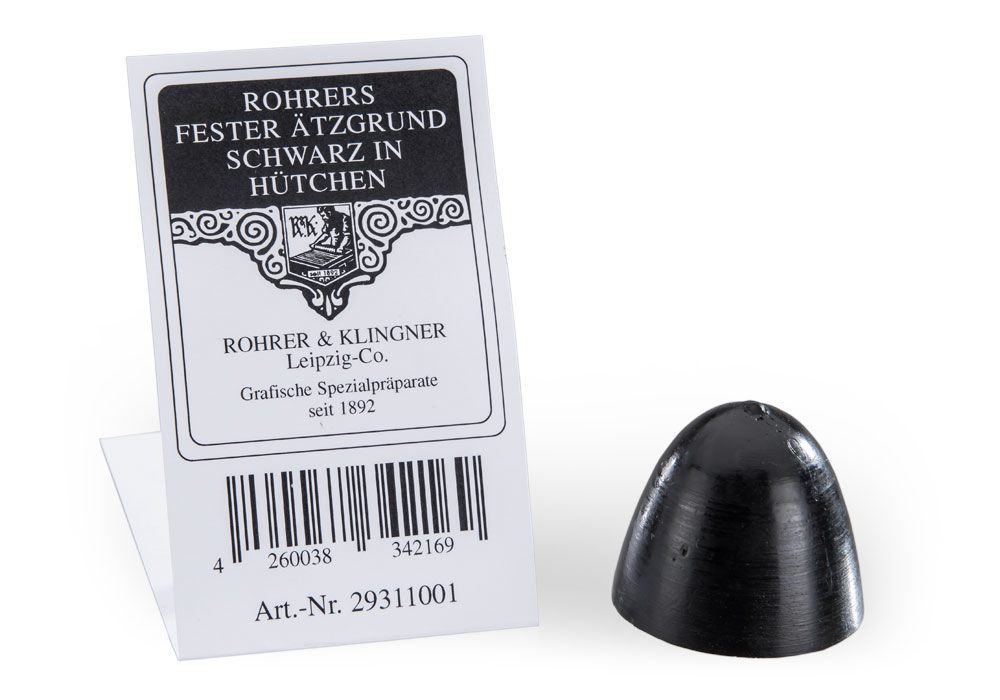
Soft Ground (Vernis mou) in units (29100)
A softer wax mixture for the soft ground technique and the cotton ground technique. The warm ground plate gets coated with suet, which is then wiped off, leaving only a thin film.
Thereupon, the vernis mou is applied on the warm plate and then spread evenly with a small leather roll. Before the artistic work can start, the plate should cool down completely.
